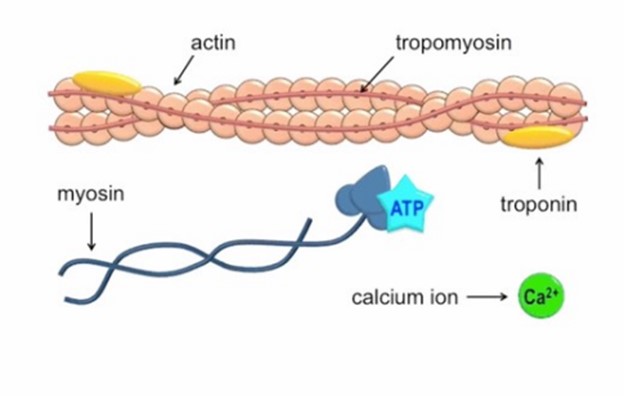Parasitic worm infestation is hypothesized to be damaging to the host. However, scientists have recently discovered that worm infestation can relieve the effects of certain autoimmune disorders.
In which of the following ways should the hypothesis be modified, given the new findings?
Worm infestation prevents the body from immune malfunction.
Worm infestation reduces the severity of certain autoimmune disorders.
Worm infestations exacerbate the body's immune reactions.
Lack of worm infestations is the cause of some autoimmune disorders.
The Correct Answer is B
A possible modification could be: “Parasitic worm infestation can have both damaging and beneficial effects on the host.
While it can cause harm, it has also been found to reduce the severity of certain autoimmune disorders.”
Choice A. Worm infestation prevents the body from immune malfunction is not correct because it overstates the findings and implies that worm infestation completely prevents immune malfunction, which is not supported by the evidence.
Choice C. Worm infestations exacerbate the body’s immune reactions is not correct because it contradicts the new findings that worm infestation can relieve the effects of certain autoimmune disorders.
Choice D. Lack of worm infestations is the cause of some autoimmune disorders is not correct because it overstates the findings and implies a causal relationship between lack of worm infestations and autoimmune disorders, which is not supported by the evidence.
Nursing Test Bank
Naxlex Comprehensive Predictor Exams
Related Questions
Correct Answer is D
Explanation
The pulmonary veins are the vessels that carry oxygenated blood from the lungs to the left atrium of the heart.
Choice A is not correct because the superior vena cava carries deoxygenated blood from the upper body to the right atrium of the heart.
Choice B is not correct because the inferior vena cava carries deoxygenated blood from the lower body to the right atrium of the heart.
Choice C is not correct because the pulmonary artery carries deoxygenated blood from the right ventricle of the heart to the lungs.
Correct Answer is B
Explanation
Calcium ions play a crucial role in initiating muscle contraction.
When a muscle cell is stimulated to contract by an action potential, calcium channels open in the sarcoplasmic membrane and release calcium into the sarcoplasm.
Some of this calcium attaches to troponin, which causes it to change shape. This shape change exposes binding sites for myosin on the actin filaments.
Myosin’s binding to actin causes cross-bridge formation, and muscle contraction begins.

The other ions mentioned in the question do not have this specific role in muscle contraction.
Potassium ions are important for maintaining the resting membrane potential of cells, but they do not bind to the troponin complex.
Phosphorus ions are important for energy metabolism but do not bind to the troponin complex.
Sodium ions are important for generating action potentials but do not bind to the troponin complex.
Whether you are a student looking to ace your exams or a practicing nurse seeking to enhance your expertise , our nursing education contents will empower you with the confidence and competence to make a difference in the lives of patients and become a respected leader in the healthcare field.
Visit Naxlex, invest in your future and unlock endless possibilities with our unparalleled nursing education contents today
Report Wrong Answer on the Current Question
Do you disagree with the answer? If yes, what is your expected answer? Explain.
Kindly be descriptive with the issue you are facing.
